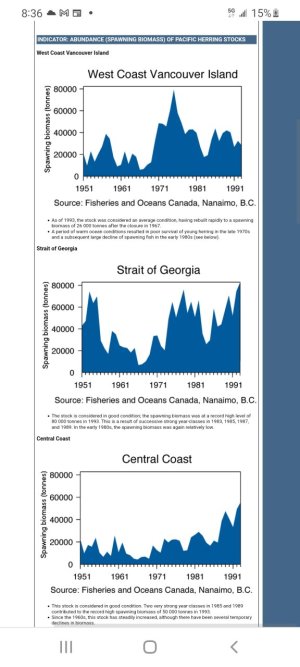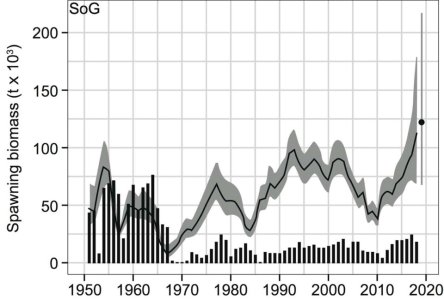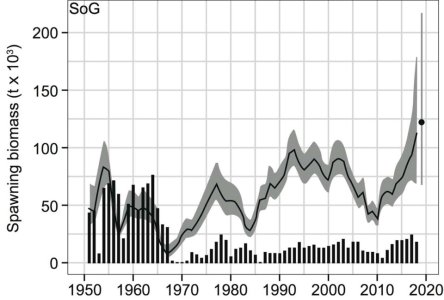There were 396 individual humpback whales photographed in the Salish Sea in 2022, the highest number documented in a single year in at least the past century, according to researchers with the
Canadian Pacific Humpback Collaboration.
The humpback comeback also includes a record-breaking 34 mothers with calves who traveled from their tropical birthing waters in Hawaii, Mexico and Central America.
The previous record of 21 humpback calves was set in 2021, according to the PWWA.
Why so many sightings?
Gless said the high number of sightings boils down to food. Killer whales, for example, go to areas where there are many seals, sea lions and porpoises to eat.
"We've got lots of food for them. And so, every year, we've been seeing more and more of them," she said.
Researchers are also reporting more sightings of grey whales, which normally feed in Alaska, because of a food shortage in that region, Gless said.
"It shows us how important we are as a region for them that they're choosing to come here instead," she said.






